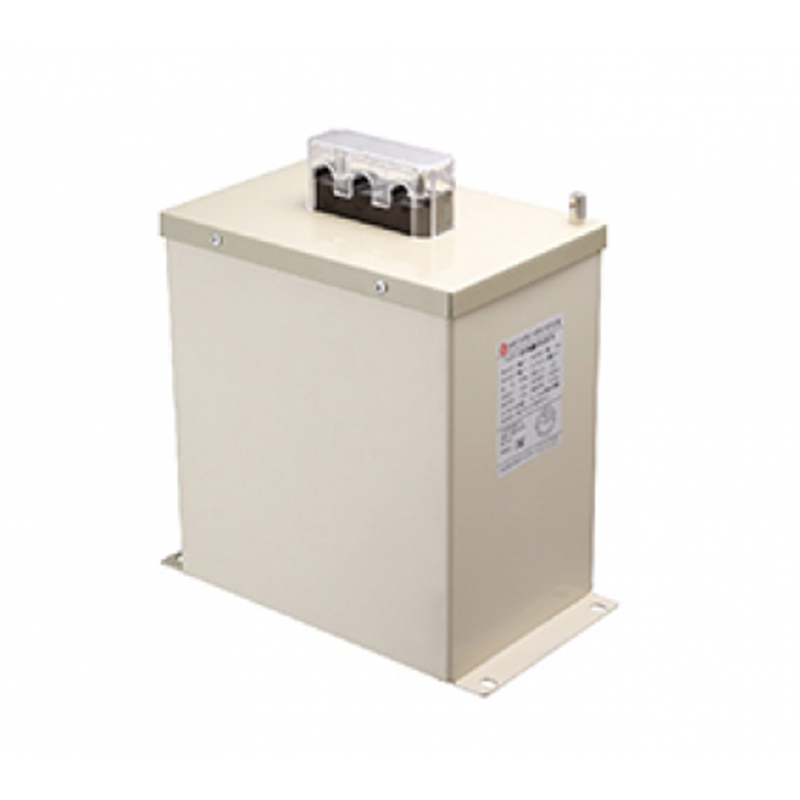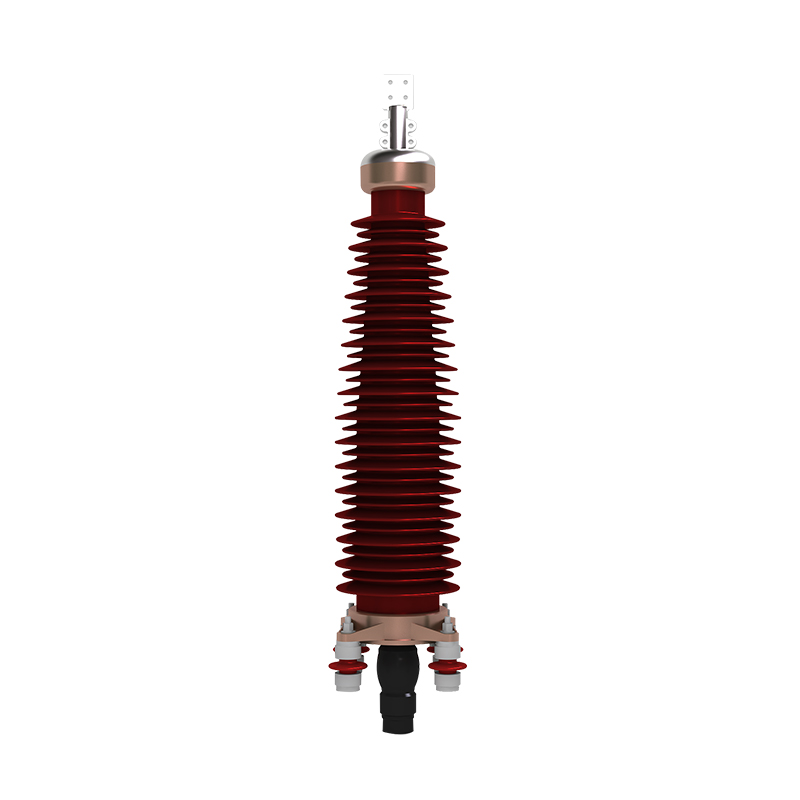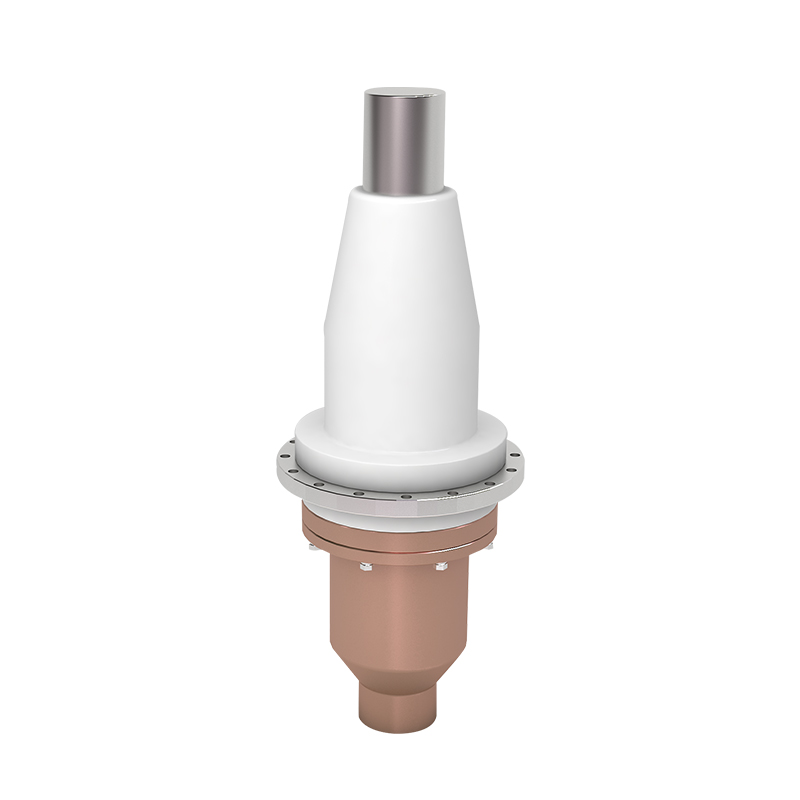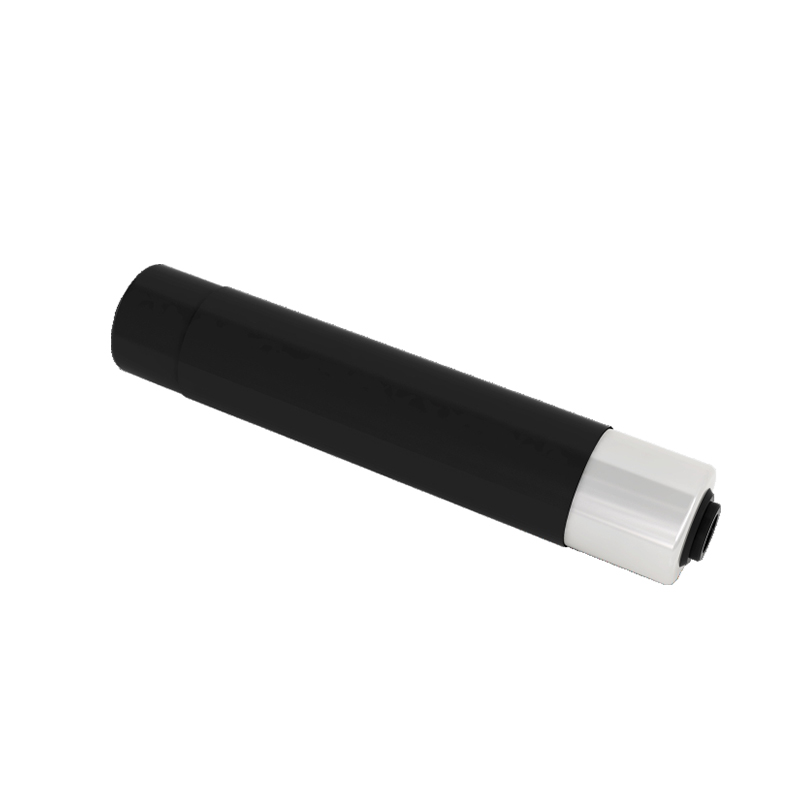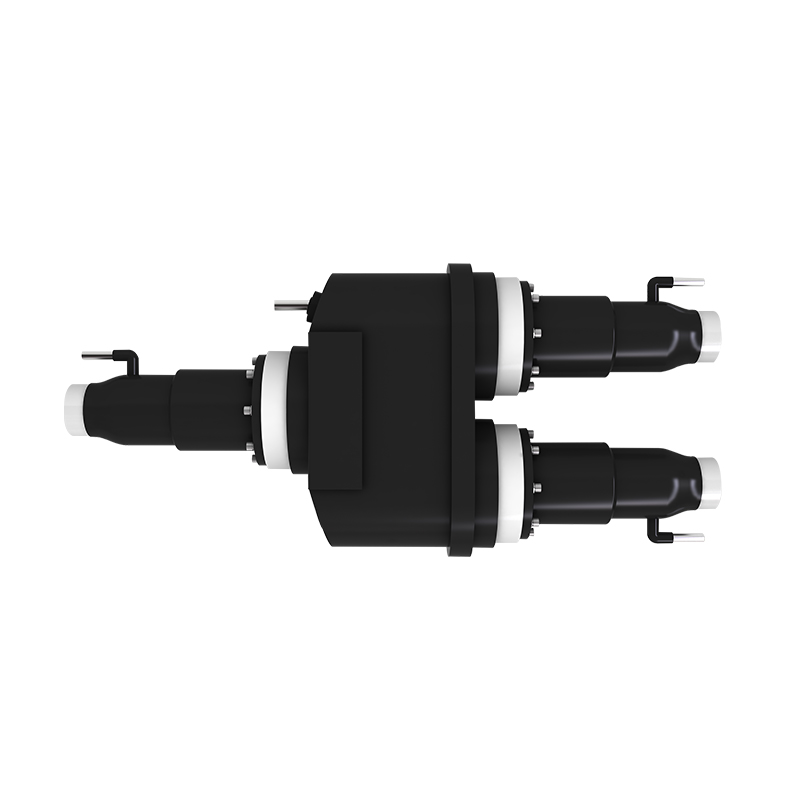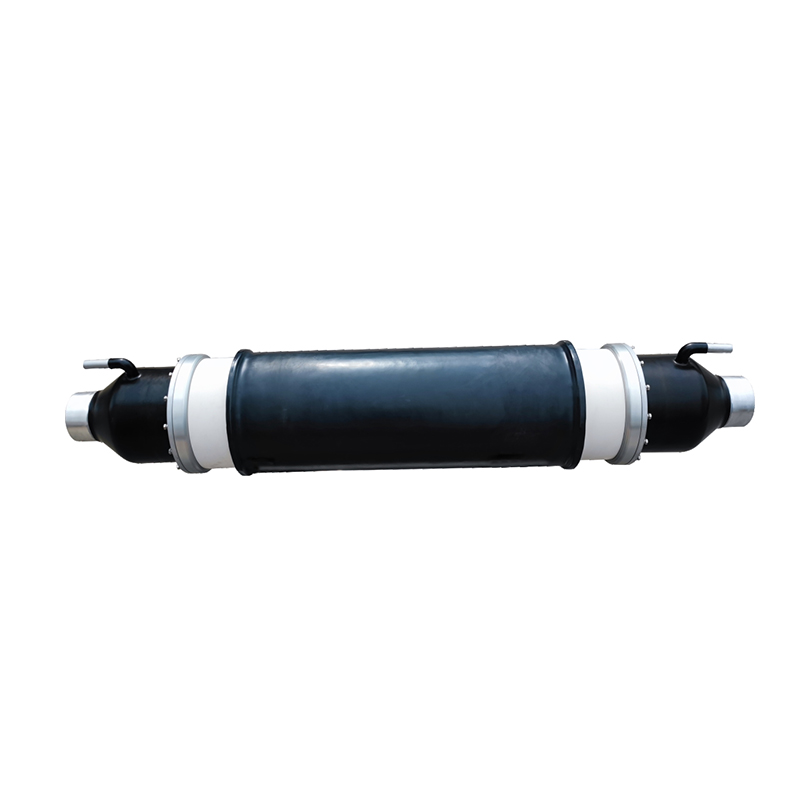Performance of High Voltage Capacitor Unit Under AC and High-Frequency Conditions
High Voltage Capacitor Units are critical components in power systems, industrial equipment, and pulse electronics. Their performance under alternating current (AC) or high-frequency conditions determines efficiency, stability, and reliability in applications such as power factor correction, resonant circuits, and switching power supplies. Understanding how a High Voltage Capacitor Unit behaves under these operating conditions is essential for engineers and system designers to ensure suitable functionality and prevent failure.

Dielectric Behavior at High Frequency
The dielectric material inside a high-voltage capacitor influences its response to AC and high-frequency signals. At elevated frequencies, the dielectric may experience increased dielectric losses, causing heat generation and reduced efficiency. These losses are quantified by the dissipation factor or tangent delta, which measures the energy dissipated as heat relative to stored energy. High-quality High Voltage Capacitor Units use advanced dielectrics such as polypropylene or ceramic materials to decrease losses, maintain stability, and ensure low temperature rise during continuous operation at high frequencies.
Impedance and Reactance Considerations
Under AC and high-frequency conditions, the capacitor exhibits frequency-dependent impedance. As frequency increases, the capacitive reactance decreases, allowing the capacitor to pass higher-frequency currents more effectively. However, parasitic inductance and resistance inherent in the construction of the capacitor can limit performance at very high frequencies, causing resonance effects or voltage overshoot. Proper design, including reducing guide lengths and using low-inductance internal structures, is essential for ensuring reliable operation across a wide frequency range.
Thermal Management and Heat Dissipation
High-frequency operation can result in significant internal heating due to dielectric and resistive losses. The heat generated must be effectively managed to prevent thermal degradation, which can shorten the capacitor’s lifespan or cause catastrophic failure. High Voltage Capacitor Units often include design features such as metalized electrodes, robust insulation, and improved surface area for heat dissipation. Adequate cooling in the system environment, whether through forced air or conductive heat paths, further enhances performance under high-frequency AC conditions.
Voltage and Current Handling
AC and high-frequency applications subject the capacitor to rapid voltage and current cycles. The capacitor must withstand voltage stress without breakdown and sustain repetitive charge-discharge cycles without significant capacitance loss. Ripple current rating is an important parameter that defines how much AC the capacitor can handle without overheating. Selecting a capacitor with appropriate voltage and current ratings ensures stable operation and prevents dielectric failure or electrical arcing.
Practical Applications and Reliability
High Voltage Capacitor Units are used in filters, resonant circuits, and high-speed switching power supplies where stable AC performance is critical. Engineers must carefully match capacitor specifications to system requirements, considering operating frequency, voltage, and current. Regular inspection, proper installation, and monitoring of temperature and voltage conditions further enhance reliability. By choosing capacitors with low dielectric loss, parasitic inductance, and high ripple current capacity, systems achieve long-term stable performance under demanding AC and high-frequency conditions.
The performance of a High Voltage Capacitor Unit under AC and high-frequency conditions depends on dielectric quality, design parameters, thermal management, and voltage handling capabilities. Proper selection and system integration ensure efficient energy transfer, low losses, and reliable operation in industrial, commercial, and high-speed electronic applications. Understanding these characteristics allows engineers to optimize capacitor performance, maintain system stability, and extend operational lifespan.
News
Recommended News
Recommended Products
The variety of models, to meet the development needs of various regions in the world.
-
Add: No. 508, Dongye Road, Dongjing Town, Songjiang District, Shanghai
-
Tel: +86-13757652508
-
E-mail: [email protected]
 English
English 中文简体
中文简体 русский
русский Español
Español عربى
عربى